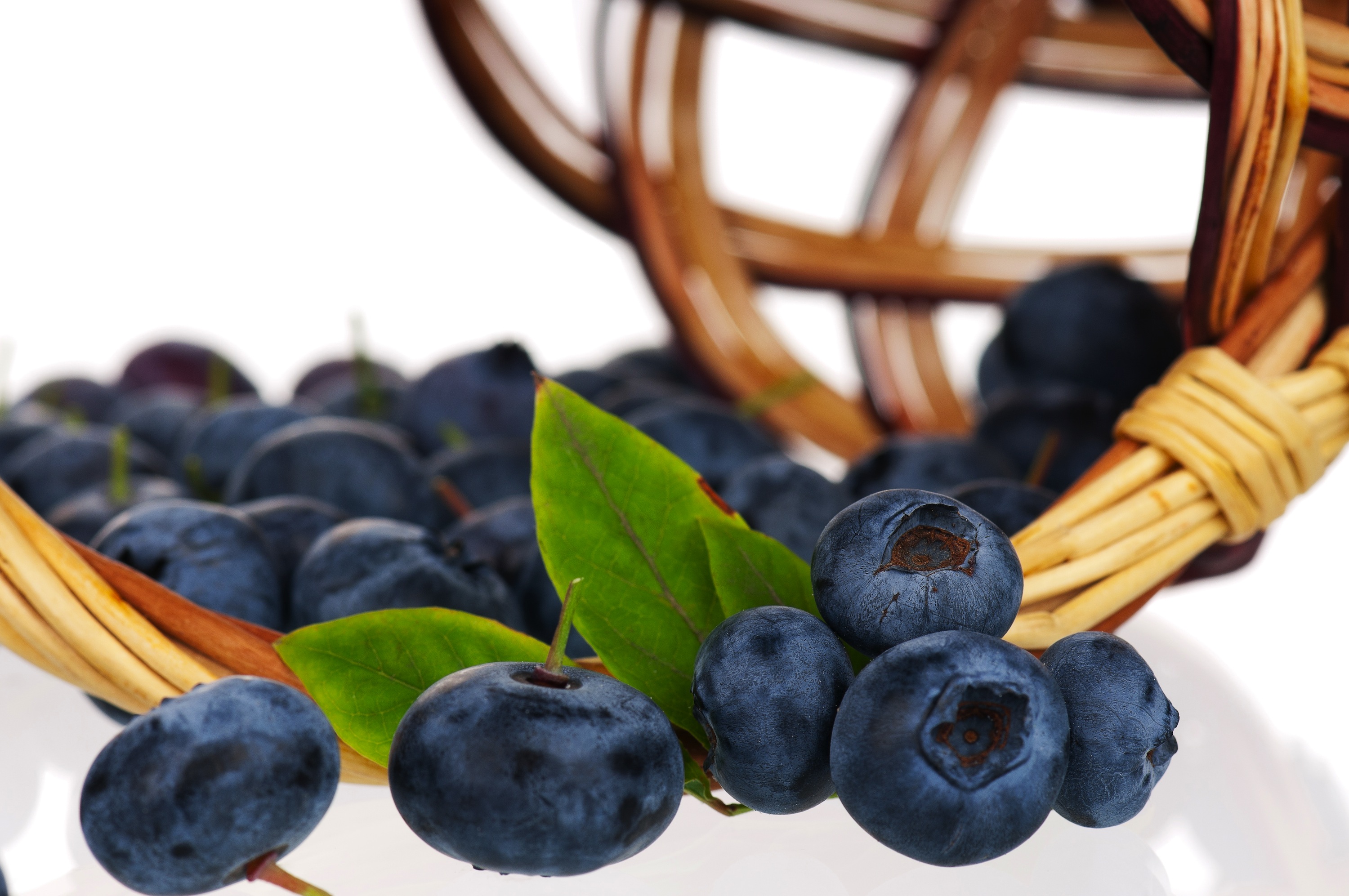Poland is modernizing and growing rapidly
“If Poland wants to remain competitive in the world blueberry market, it is necessary to improve the quality parameters of the fruit, such as firmness, crunchy and shelf life”
Poland has positioned itself in second place among blueberry-producing and exporting countries in Europe, with an area of 12.000 hectares planted, which means an increase of 8,5% compared to the previous year, so it can be concluded that Blueberry cultivation in Poland is in full swing and increasing, although the vast majority of farms do not exceed 5 hectares, only 30% of them exceed 50 hectares and the largest has an area of 600 hectares.
Important domestic market
In the last season, the Polish industry produced 65.000 tons of blueberries, allocating 60.000 for the fresh fruit market, although not all of it was diverted to foreign markets, since in Poland there is an important domestic market for national blueberries, reaching consumption per capita of 1 kg, which can be explained because the production of blueberries in Poland has been carried out for 45 years.
Although the winter climate is very harsh, the vast majority are grown in soil and only a very minor percentage is grown under covers or greenhouses, although new technological management systems are increasing in their implementation.
The industry
On an organizational level, despite the fragmentation of the industry, the Polish Blueberry Growers Association (SPBA) is made up of 110 growers, which are concentrated in Mazovia, Lodzkie, and Lubelskie, the three most important blueberry production regions, and in part of central and south-eastern Poland, representing almost 60% of the planted area and nearly 70% of the country’s total blueberry production. There is no knowledge of any other organization.
The genetic
According to information provided by the professor at the National Institute for Horticultural Research in Skierniewice, Stanislaw Pluta, in conversation with Italian Berry, the main varieties with which it is produced in the country are still Duke and Bluecrop, there is also a presence of Spartan, Patriot, Nelson, Brigitta, Chandler, Bluegold, Toro, and Elliot, as well as some new ones, like Draper, Liberty, and Aurora.
In the new plantations, new genetic alternatives have been incorporated, such as LastCall, MegasBlue, Valor, Cargo, and Calypso, which have experimentally gained space in their adaptation and suitability to the Polish climate, especially in their resistance to the severe winters of the zone.
The challenges
Regarding the challenges that the Polish industry has had to face, they have not been very different from those that other industries in the world have had to face, mainly as a result of the pandemic and the war in Ukraine, with the high increase in the cost of many production materials, especially fertilizers, phytosanitary products, and packaging. In the case of the war in Ukraine, the repercussions are more direct for Poland and affect the availability of labor for Polish producers.
According to Pluta, the main challenges facing Polish growers are rising costs, the need to increase the quality of the fruit, and the consolidation of production. “If Poland wants to remain competitive in the world blueberry market, it is necessary to improve the quality parameters of the fruit, such as firmness, crunchiness, and shelf life. This can be achieved mainly through the introduction of new cultivars, but also modern production technologies”, he assures.
19/04/2023







